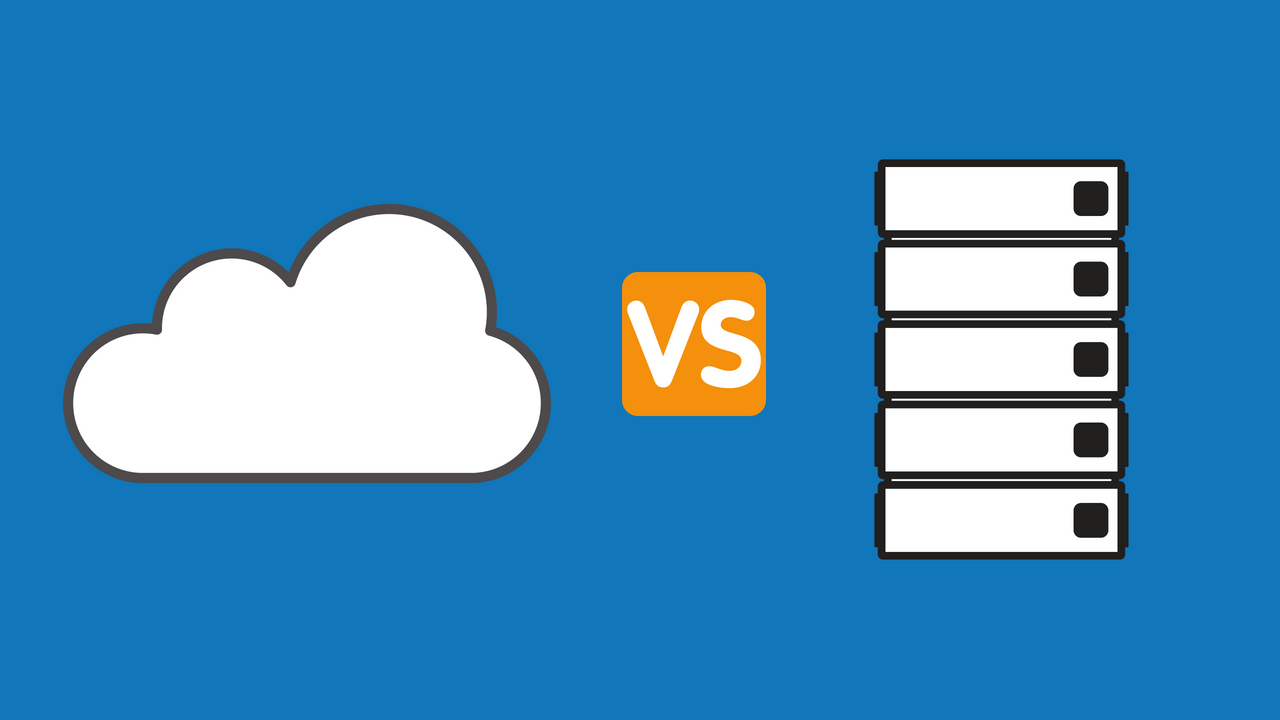The digital transformation has fundamentally changed how businesses and individuals approach data storage, creating an ongoing debate between cloud storage and local storage solutions. This decision has become increasingly critical as data volumes continue to explode and remote work becomes the norm. Understanding the advantages and disadvantages of each storage method is essential for making informed decisions that align with your specific needs, budget constraints, and security requirements.
Cloud storage has revolutionized accessibility by allowing users to access files from anywhere with an internet connection, while local storage maintains its appeal through complete control and offline accessibility. The choice between these two approaches isn’t simply about technology preferences—it’s about understanding how each solution impacts your workflow, security posture, and long-term costs.
Modern organizations often find themselves weighing factors such as scalability, data control, compliance requirements, and total cost of ownership. Cloud storage offers exceptional flexibility and automatic backups, making it attractive for businesses seeking rapid deployment and minimal maintenance overhead. Conversely, local storage provides faster access speeds, enhanced security control, and predictable costs after initial investment.
The complexity of this decision is further amplified by evolving security threats, changing regulatory landscapes, and the increasing importance of data sovereignty. Some organizations require the complete control that local storage provides, particularly when handling sensitive information or meeting strict compliance requirements. Others prioritize the collaborative features and remote accessibility that cloud storage enables, especially in today’s distributed work environment.
Cloud Storage Advantages
Cloud storage delivers remarkable accessibility and flexibility that traditional storage methods cannot match. Users can access their files from any location with internet connectivity, enabling seamless remote work and collaboration. This accessibility extends to automatic synchronization across multiple devices, ensuring that file changes are instantly updated everywhere.
Cost efficiency represents another significant advantage, particularly for organizations with variable storage needs. Cloud storage eliminates the need for substantial upfront hardware investments and reduces ongoing maintenance costs. The pay-as-you-scale model allows businesses to adjust storage capacity based on actual requirements, making it especially attractive for startups and growing companies.
Automated backup and recovery features provide peace of mind that local storage often lacks. Cloud providers implement multiple redundancies and disaster recovery protocols, protecting data from local physical threats like fires, floods, or hardware failures. These automated systems operate continuously in the background, ensuring data availability without requiring manual intervention.
Cloud Storage Disadvantages

Internet dependency creates the most significant limitation of cloud storage. Without reliable internet connectivity, accessing files becomes impossible, which can be problematic in areas with poor network infrastructure or during connectivity outages. This dependency also affects data transfer speeds, particularly when working with large files.
Ongoing subscription costs can accumulate substantially over time, especially for organizations with large data volumes. Additional charges for data egress and exceeding storage limits can create unexpected expenses that make cloud storage more expensive than initially anticipated. These recurring costs contrast sharply with the one-time investment required for local storage solutions.
Security and privacy concerns remain paramount, particularly when using providers that don’t prioritize data protection. Some cloud storage providers retain the ability to access and scan user files, creating potential privacy risks. Organizations handling sensitive data must carefully evaluate provider security protocols and consider end-to-end encryption options.
Local Storage Advantages
Complete control and ownership over data represents the primary advantage of local storage. Organizations maintain full authority over their infrastructure, security protocols, and access permissions without relying on third-party providers. This control is particularly valuable for businesses with strict compliance requirements or sensitive data handling needs.
Superior performance and speed characterize local storage systems, especially within local networks. Data access and transfer speeds typically exceed cloud storage performance, making local storage ideal for applications requiring rapid file access or handling large data volumes. This speed advantage becomes more pronounced when working with bandwidth-intensive applications.
Offline accessibility ensures that data remains available regardless of internet connectivity status. This independence from network infrastructure prevents productivity disruptions during connectivity issues and provides reliable access in locations with limited internet availability.
Local Storage Disadvantages
Higher upfront costs create barriers for many organizations considering local storage implementation. The initial investment in hardware, infrastructure, and specialized IT personnel can be substantial, particularly for businesses requiring large storage capacities. These costs often require significant capital expenditure that smaller organizations may struggle to justify.
Limited scalability and flexibility constrain local storage systems compared to cloud alternatives. Expanding storage capacity typically requires additional hardware purchases and physical space, making rapid scaling difficult and expensive. This limitation becomes particularly challenging for businesses experiencing rapid growth or fluctuating storage demands.
Physical vulnerability and maintenance requirements expose local storage to risks that cloud storage avoids. Natural disasters, theft, or hardware failures can result in complete data loss without proper backup systems. Additionally, local storage requires ongoing maintenance, updates, and specialized IT support to ensure optimal performance and security.
Making the Right Choice
The decision between cloud and local storage ultimately depends on your specific requirements, budget, and risk tolerance. Cloud storage excels for organizations prioritizing accessibility, collaboration, and minimal maintenance overhead, while local storage suits businesses requiring complete control, faster performance, and predictable long-term costs. Many organizations find that a hybrid approach, combining both storage methods, provides the optimal balance of flexibility, control, and cost-effectiveness.




